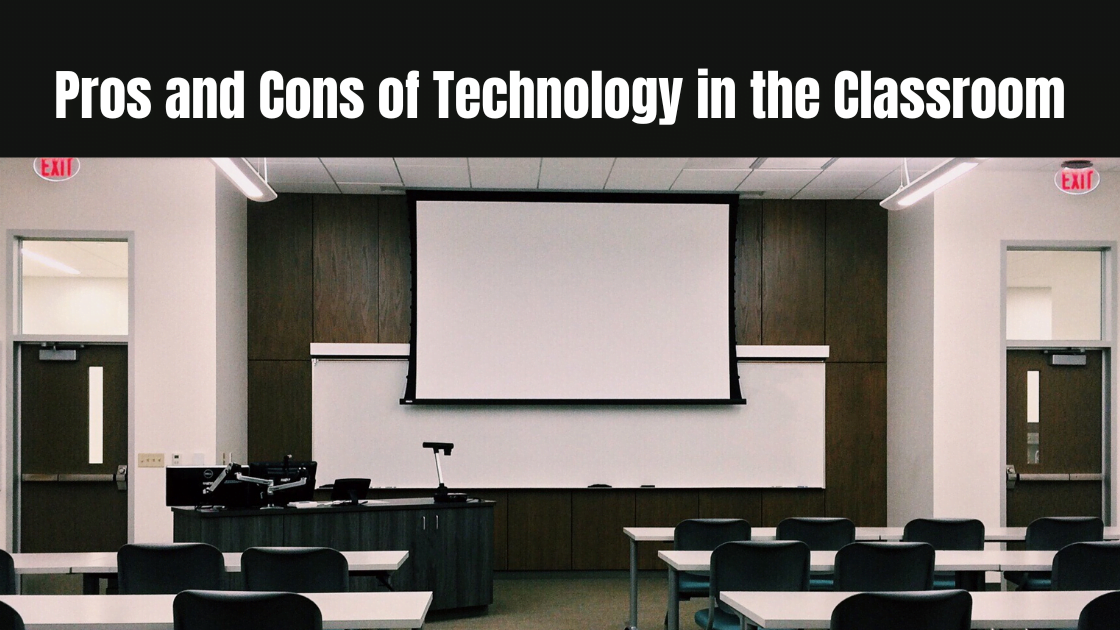With the ubiquity of screens and digital devices, it is no surprise that students are spending more time than ever in front of gadget screens. While there are benefits to expanded screen time, there are also some drawbacks. One of the biggest challenges facing educators today is how to manage too much screen time in the classroom.
There are a few things that teachers can do to help mitigate the negative effects of too much screen time. First, they can create a balance by incorporating more hands-on activities into their lesson plans. Secondly, they can establish clear guidelines and expectations for when and how students can use screens during class. Lastly, they can model healthy screen time habits themselves.
By following these tips, teachers can help their students learn how to use screens responsibly and effectively.
To Calculate Screen Time, Ask The Teachers:
Reducing screen time is a well-liked approach in certain schools. Work with instructors to ascertain how much time teenagers spend using screens during a normal week in order to gauge the issue. Dr. Robert Melillo, the man behind the Brain Balance Program, advises children to limit their screen usage to no more than 1.5 hours per day, including time spent at home.
Reduce Your Dependence on Screens for Learning:
Children should learn mostly through writing, drawing, and other practical activities in the classroom. Computers, tablets, and e-readers should only be used to support and enhance education, never to replace it. Limiting exposure to screen-based activities can be accomplished by providing a variety of resources in the classroom so that children can share electronics rather than using one item nonstop.
Present Substitutes For Screens in Class:
Think of several ways that educators can enhance instruction without the aid of technology. The teacher is now a days adapting to their teaching methods to support students with learning disabilities. Everyone can break the habit of using technology by choosing to engage in more physical exercise to transition children between subjects or by playing indoor games. The focus on learning knowledge and skills rather than watching DVDs.
It is challenging for parents to restrict screen time at home when children spend a large portion of the school day on screens. Schools are gradually reining down on students’ use of technology, and with parental support, they may establish an environment that encourages students to stay focused on their studies.
Screen Time ‘On Steroids’:
Think of several ways that teachers might enhance their instruction. However, as they learn remotely now that the pandemic has closed school facilities, kids are adding dozens of hours of screen time each week. A thorough analysis of the evidence on screen usage that appeared in the journal JAMA Pediatrics shortly before the end of the school year in March served as a sobering reminder of the risks that were about to increase.
Seth Evans, who oversees the Campaign for a Commercial-Free Childhood’s work with digital technology in schools, said, “The same screen time challenges we faced during COVID, now we’re fighting them on steroids.”
Taking a No-Stress Approach:
Although specialists advise instructors to focus especially on designing assignments that keep kids off the computers, others advocate for freedom and sensitivity.
At Common Sense Education, a company that has long researched children’s digital behavior’s and advised against excessive screen time, Erin Wilkey Oh develops online media materials for teachers. According to the institution’s most current poll, conducted in 2019, children aged 8 to 12 spent, on average, roughly five hours per day engaging in leisurely screen use, including video games, social media, TV, and video chatting. The youth spent, on average, over seven hours every day. For tweens and teenagers, desktop homework only added an additional 20 minutes and an hour, respectively; however, with remote and hybrid learning, these times are undoubtedly increasing.

Not All Screen Time is Same:
Quality is important, not just quantity. It is not the same as spending an hour alone in the basement playing Mortal Kombat while talking about the Song of Solomon with an instructor and other students online. It matters to actively participate. Experts advise teachers to avoid lecturing in favour of engaging in games or dialogues. Additionally, in times of isolation, screen time that promotes positive interactions between students and their professors and fellow classmates is crucial.
Conclusion:
First and foremost, educators should make sure that they are incorporating a healthy mix of activities into the classroom. This includes both digital and non-digital activities. Secondly, teachers should be aware of the amount of time each student is spending on screens. And finally, educators should provide guidance on how to use screens responsibly. By following these tips, teachers can help their students make the most of screen time in the classroom.




